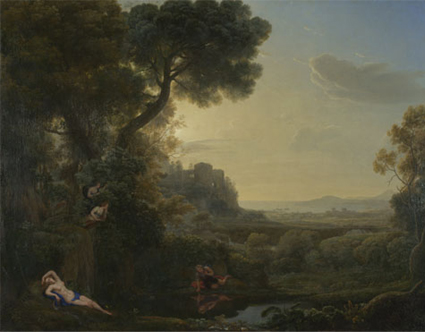Andrew Graham-Dixon on exhibitions whih highlight the relation between collectors and the art of their time
BENJAMIN Robert Haydon, one ofthe more outspoken painters of the 19th century, characterised Sir George Beaumont as "the clog of English art one who hates Modern Art, one who would rather have blood wrung from him than money". Beaumont, one of the most influential collectors of his time, was understandably upset. Artists have always complained about collectors. They need them, so naturally they resent them Haydon was just more paranoid than most.
This week sees a flurry of new shows that shed light on British collectors and collecting over the last two centuries. The National Gallery celebrates its 150th birthday with "Noble and Patriotic: the Beaumont Gift", an exhibition of the 16 paintings Sir George Beaumont donated to the nation in 1828 cleverly timed, his gift pressurised Lord Liverpool's government into establishing the National Gallery. At the Tate, "Douglas Cooper and the Masters of Cubism" confirms him as the most significant British collector of Cubist art. Both shows open today, while on Friday the Saatchis hard to overlook in any discussion of British collecting unveil part two of "New York Art Now" at their NW8 warehouse.
Collections of art are statements about art. In his youth, Beaumont was a great friend and admirer of Reynolds, who had first suggested the idea of a national gallery, and argued that British art could only overcome its provinciality if artists were given the opportunity to study the Old Masters. The Beaumont Gift was a polemical gesture, an open declaration that the art ofthe past was as yet unrivalled by the moderns. A trio of magnificent Claudes, accompanied by Sebastian Bourdon's Return of the Ark and a Poussin, present what was in Reynolds' view the only acceptable face...


